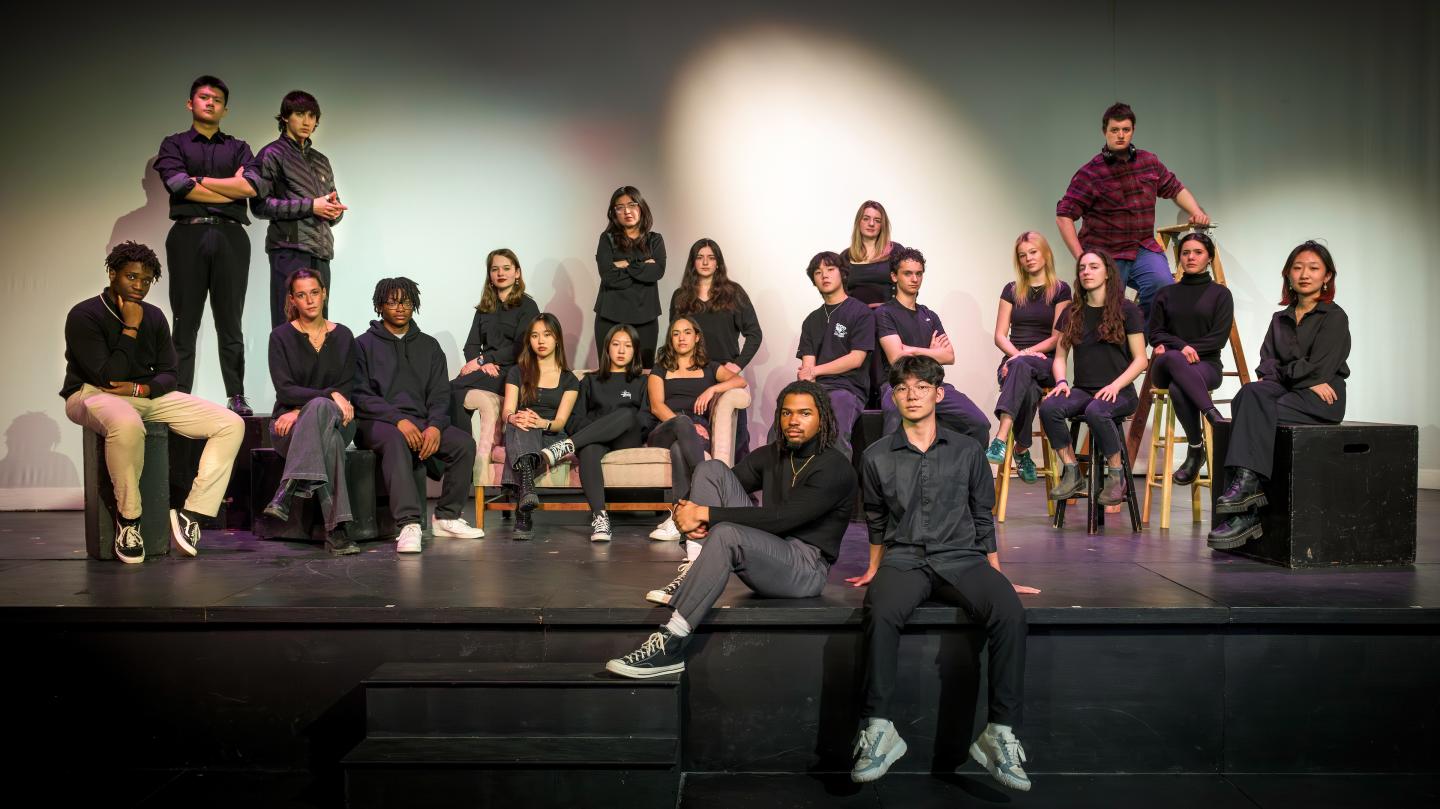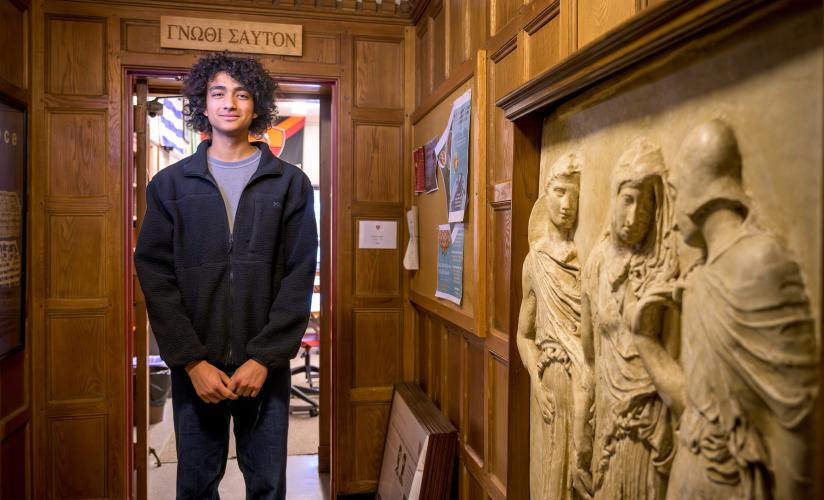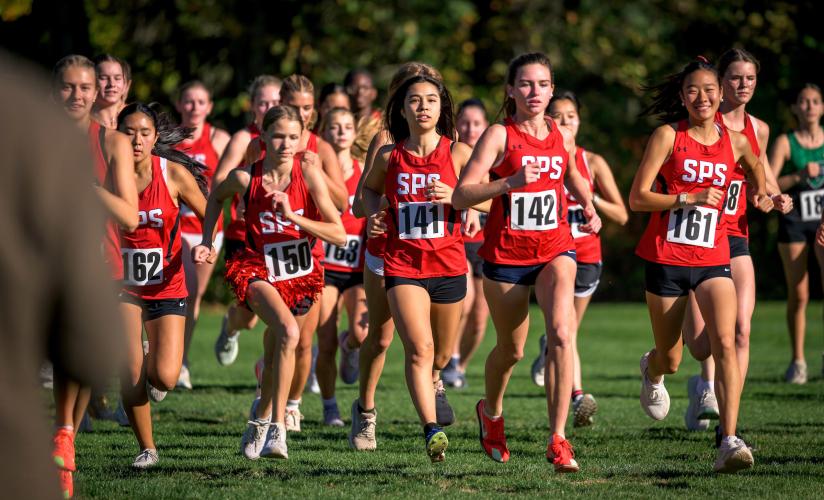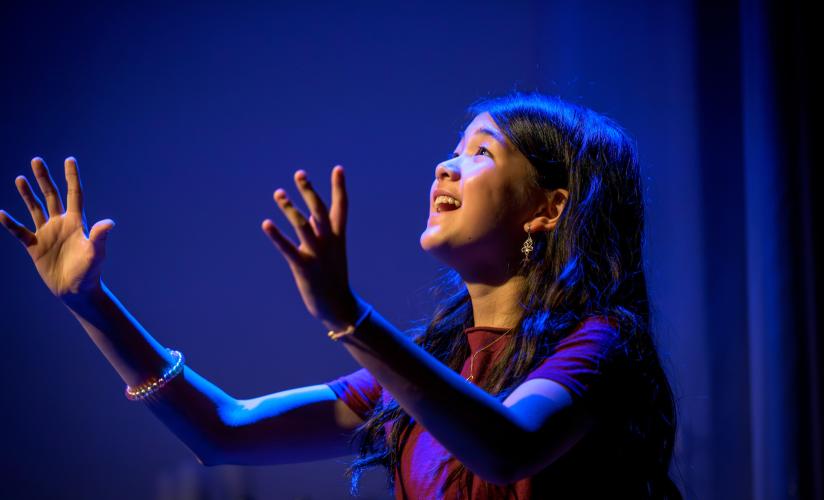

Student talent is center stage — and backstage — for Winter Term one-act plays.
BY KRISTIN DUISBERG
In “Love is a Battlefield,” two girls wrestle with the pressure of trying to live up to the expectations of others and pursue a romance that doesn’t fit either one of them. “In the Crowd” takes another angle on relationships, telling the story of two people who get off to a rocky start but find a spark in the common experience of trying to define a different path for themselves than the one their parents set out for them. The comedy/drama “Evil Good” highlights a high school student’s efforts to balance the competing demands of academics and family. A robbery and an affair take center stage in the darkly comical “Caught in the Act.” And “The All-American Girls” explores themes of gender equality, societal expectations and personal resilience against the historic backdrop of the 1940s All-American Girls Professional Baseball League.
These five plays — the first four written by SPS student playwrights — comprise the St. Paul’s School Winter Term Student-Directed One-Acts, which took place in New Space Theater on Feb. 16 and 17. A showcase of the collaborative talents of student actors, directors, playwrights, stage managers and more, the One-Acts began at the end of Fall Term, when interested Fifth and Sixth Formers applied to direct or write (or both!) a play. During Winter Term, the selected student directors chose their casts, worked with playwrights on their stories, selected staging/props/costumes and ran rehearsals under the guidance of SPS Director of Theater Kirsten McKinney and a team that included Theater Teaching Fellow Chloe Otterson, Theater Technician Hayden Eric, and Mason Deas ’24, this year’s student production manager.
The final presentations, says McKinney, were outstanding. “It was an extraordinary effort of more than 40 students collaborating to create an evening of art,” she says. “It has been a privilege and honor to have a front seat to watch the work of our young theater artists shift and change while developing their creative vison and direction for each piece.”



